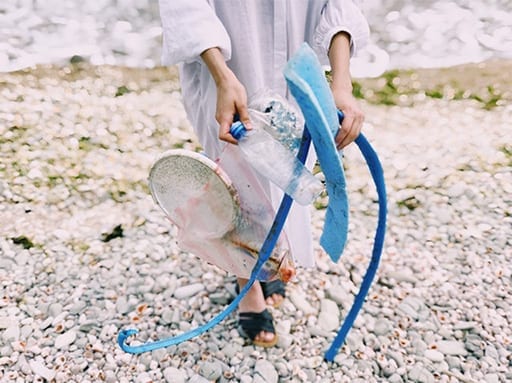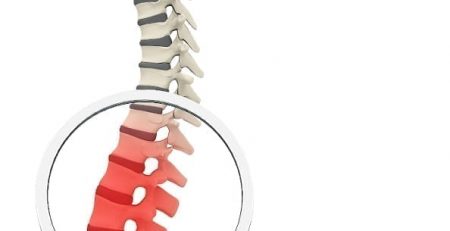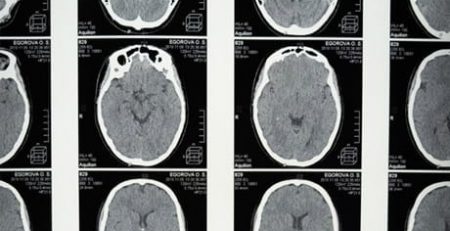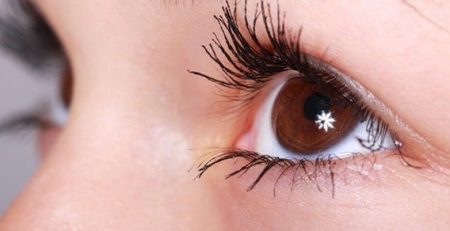Plastic in the Ocean Can Harm More Than Just Marine Life
The images of dolphins and other ocean creatures entangled in plastic waste are unfortunately all too familiar, but there is another living ocean organism that is being impacted by the plastic bottles, bags and other products that end up in the ocean. Prochlorococcus bacteria, the most numerous photosynthesizing organism in the world, which produces an estimated 10 percent of our oxygen are also in danger.
Like plants, prochlorococcus suck up carbon dioxide and store the carbon in their cells while also releasing oxygen into the atmosphere. While other studies have focused on zooplankton – the smallest of sea creatures and the immature stages of larger ones – and their reaction to plastic-tainted water, little plastic toxicity research had previously been conducted on photosynthesizing organisms.
Scientists at Macquarie University recently conducted a research study focused on how the plastics contaminating our oceans impact photosynthesizing organisms. In the study, they made two different types of, what Popular Science dubbed, “plastic tea”: one with high density polyethylene (HDPE), the material typically found in plastic grocery bags, and another with polyvinyl chloride (PVC), the material used to create PVC pipe in addition to other materials, such as the plastic matting used to keep rugs from sliding. They then bathed two strains of the aforementioned bacteria in different concentrations of these teas for three days, measuring their cell growth, oxygen production, and the activity of their gene transcription.
After three days they found both strains had suffered significant losses to their population at every dilution of the solution (concentrations ranged from 3-50%), and photosynthesis was reduced, with fewer new cells forming and less oxygen was being produced. They also found that the more concentrated the solution was, the more bacteria died.
While molecular scientist Lisa Moore of Macquarie University points out that this is more of a baseline assessment of toxicity, rather than a representation of what is happening in our oceans currently, the findings are still alarming. “Levels of leachate [the “plastic tea”] aren’t going to be as high as what we have in the lab,” she said.
But that doesn’t mean there still isn’t cause for concern. “The warning [from the study] is to manage the waste stream better,” Moore said. “We’re not going to do without plastics … but we can manage our use of them, and the waste of them, and possibly change some of the manufacturing to make them less toxic.”
Next steps related to this study will include field-based experiments looking at leachate toxicity in natural bacteria populations, as well as a lab test specifically designed to analyze zinc toxicity in microbes.














